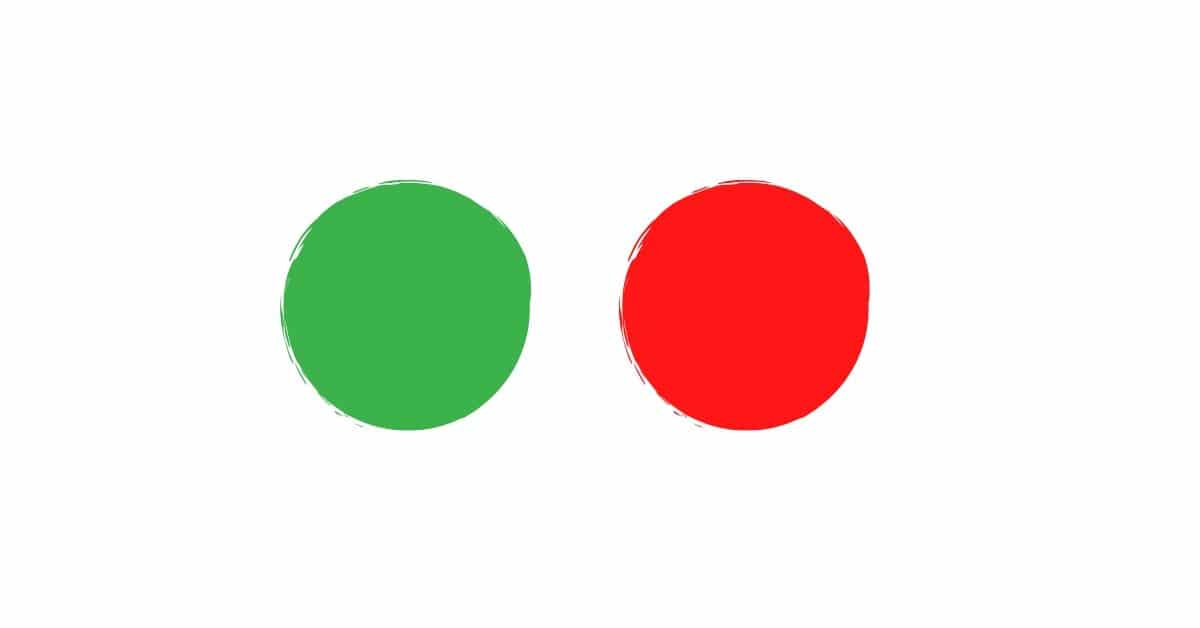In our “Did you know that?” series we want to seize the opportunity to share interesting facts, separate stories and other informative Tidbits. There is a lot that is not or less known about all the limitations. In this way, we want to put underexposed facts in the spotlight in a fun way. In this “Did you know that?”: Everything about color blindness!
Did you know that there is a more accurate term for color blindness?
popularly we call people who can see certain colors less well or not often color blind (daltonism). But most people are not at all “blind” to colors. full color blindness, also known as Achromatopsia, comes Much less often, namely with about 1 in 33,000 people. So color blind is the wrong term to use in most cases. That is why the word “color seeking disorder” is increasingly being used.
Did you know that 1.3 million Dutch people have a form of color blindness?
that’s probably a lot more than you thought, right? In any case, we were indeed surprised by this fact when we started to delve into digital accessibility. & Nbsp;
Did you know that color blindness occurs much more often in men than in women?
1 in 12 people in the Netherlands who have a form of color blindness are men – a total of around 8%. It is much less for women: 1 in 200 is color blind (0.5%). & Nbsp;
Did you know that color blindness is hereditary?
Although you can also acquire color blindness, for example as a case of poisoning due to medicines, by far the most cases of color blindness are hereditarily obtained. How does that work? The relevant genes of color blindness are passed on through the X chromosome. This is also why color blindness occurs more often in men. Women have two x chromosomes, the man an X and a Y chromosome. Now you may think “Hey, how is it that women don’t have twice as much chance of becoming color blind?” That is because color blindness in women is only reflected when both X chromosomes contain the gene. And that is often not the case.
Did you know that red-green color blindness is the most common form of color blindness?
There are of course different types of color blindness. For some people, the blue cones do not work well in their eyes. They cannot distinguish between blue and yellow. People who have this specific form of color blindness call you Tritanopen, and these people are very rare. Only 0.001% of men suffer from this. For the vast majority of people, either the green (deuteranopen), or the red cones (protanopes) do not work. Together they are part of the largest group. People with Achromatopsia – those who really can’t see any colors at all, and see everything in black and white and shades of gray – form the rear group. In the Netherlands, around 0,0001% of men have this condition.
Did you know that some people only find out very late in their lives if they have color blindness?
There are 3 known tests to find out whether you are color blind or not:
- The Ishiharatest: Based on a disk with five colored balls, color blindness is checked. The tested person must indicate which figures are hidden in the ball pattern.
- The SPP (Standard pseudoisochromatic plates): color blindness is checked utilising a square surface with colored balls. The tested person must also indicate here which figures are hidden in the surface. This method is only able to test the disorders related to red/green colours.
- The TCU (The City University) is last checked by means of five circles. The tested person must say which of the four outer circles are most similar to the middle circle. All color disorders are tested with this.
Are you curious if you might be color blind? Take the eye test here, prepared by the Eye Fund. For more articles about color blindness or about other (digital) limitations, check our blog page! Until the next edition!





